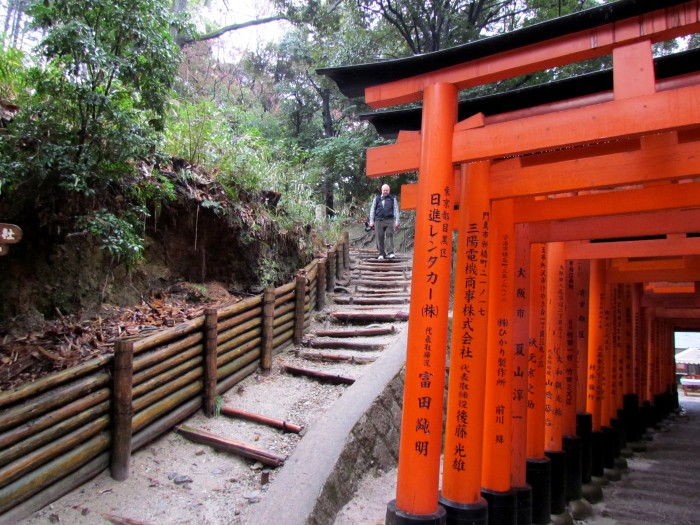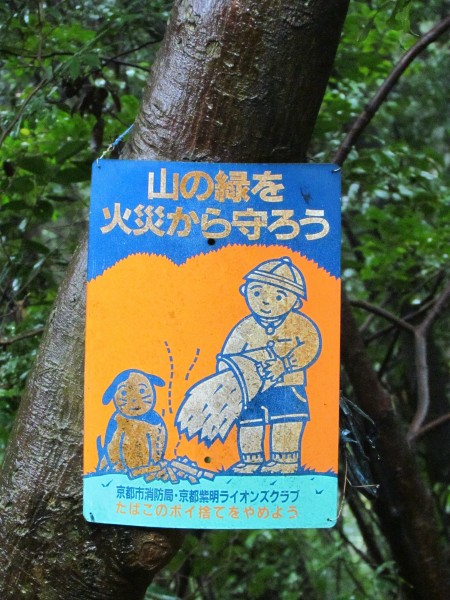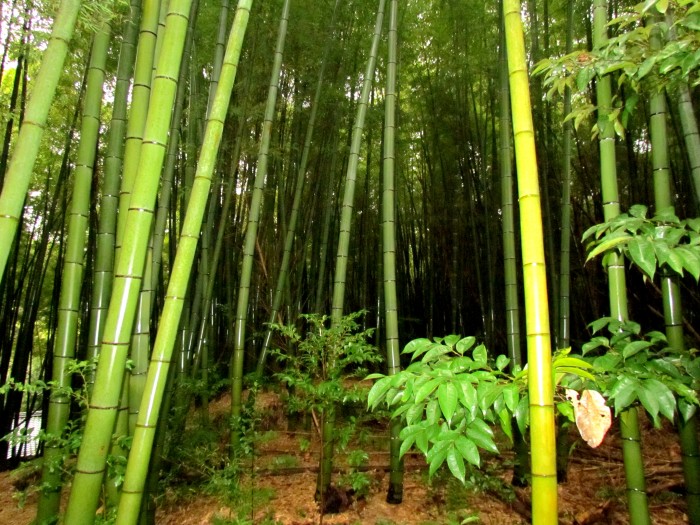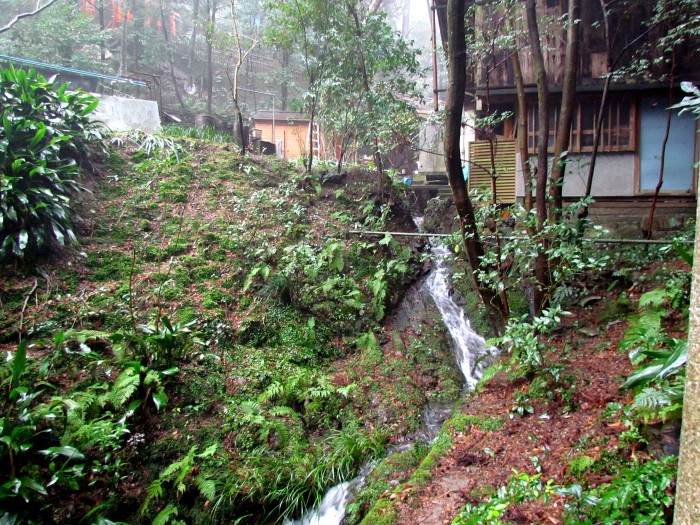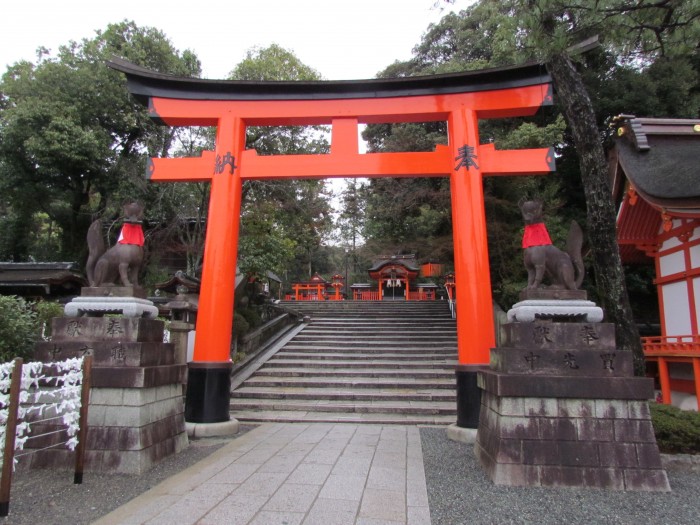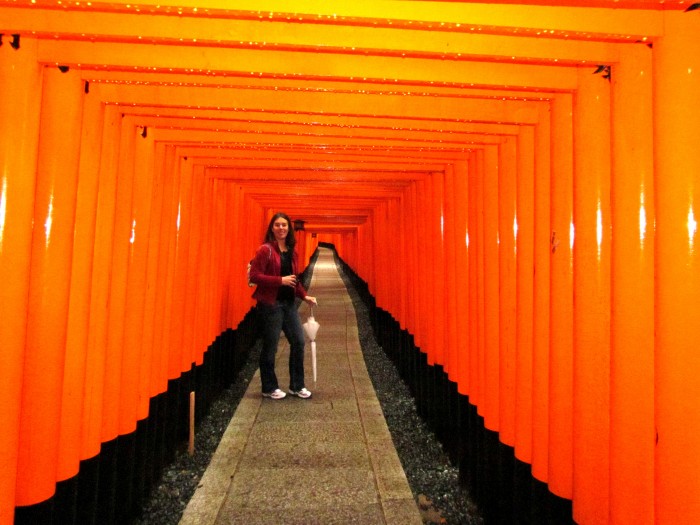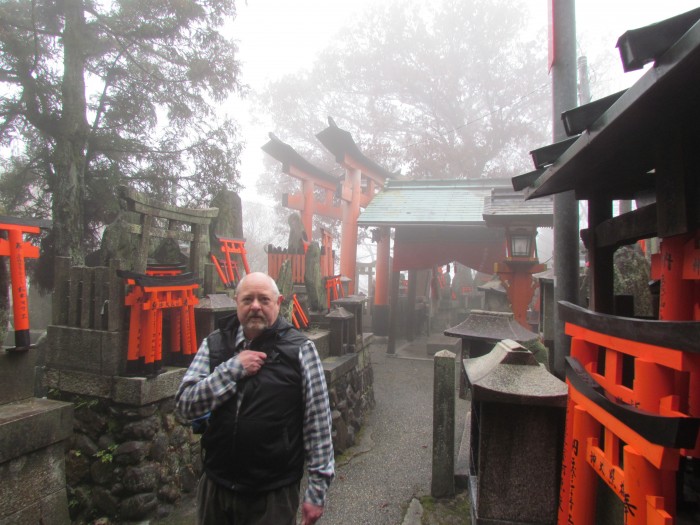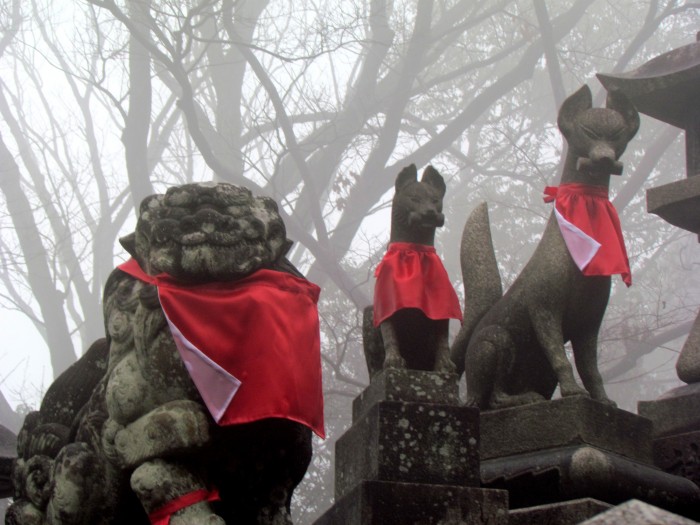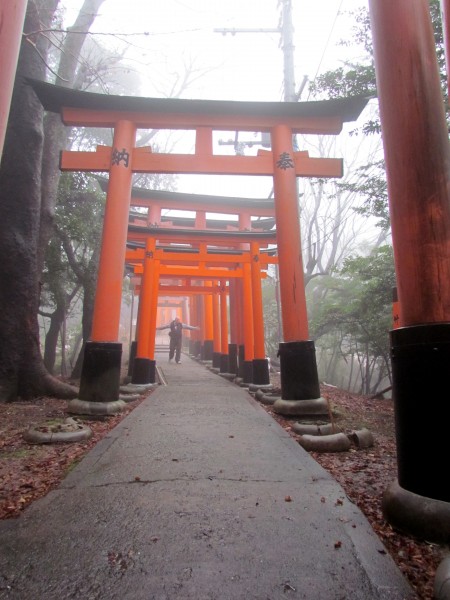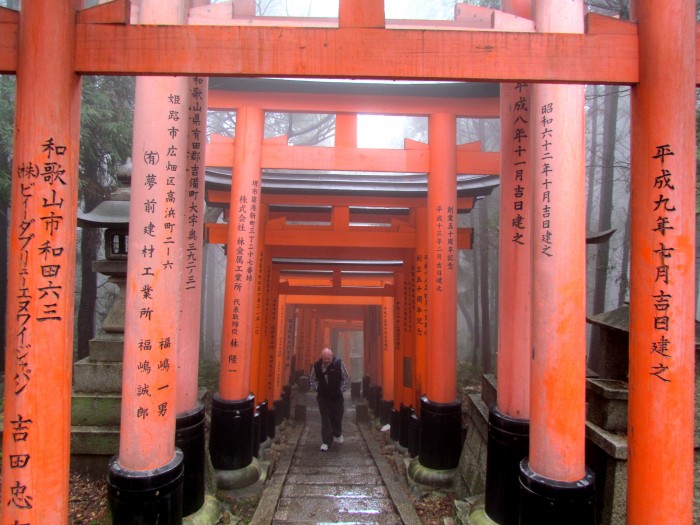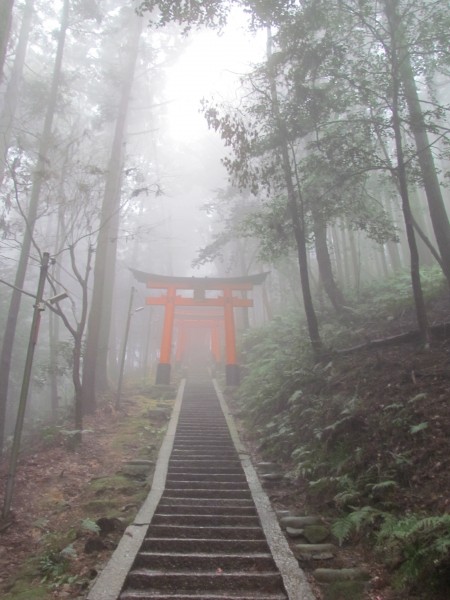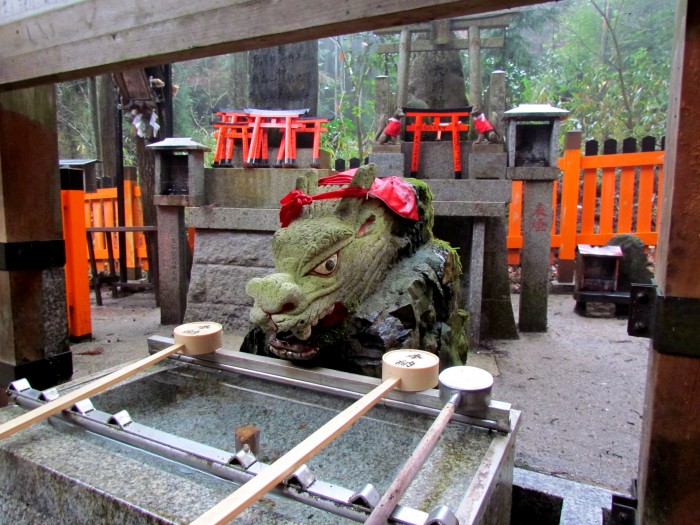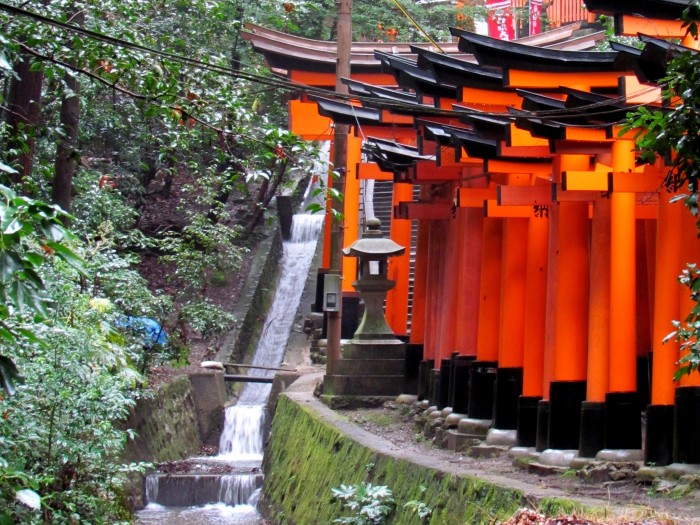Kyoto - Fushimi Inari Shrine
伏見稲荷大社
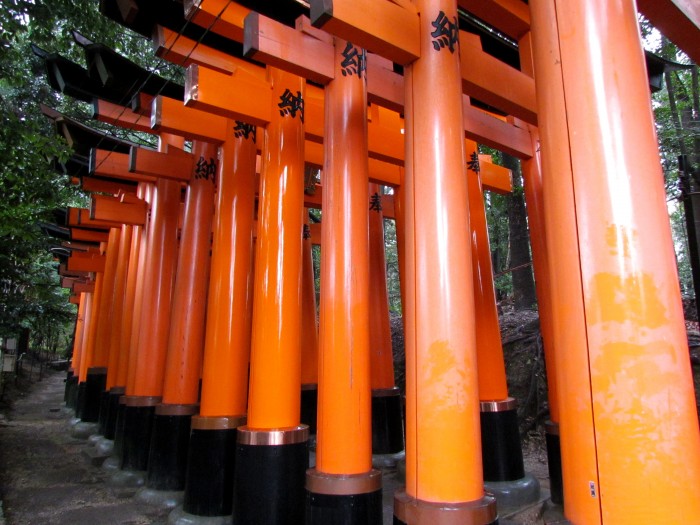
After a full day of Kyoto tourism on day one, day two found my dad, Jenn, and myself up a bit earlier than Mom and John who wanted to get a bit more rest out of the morning. They had, after all, just finished a twenty-six hour journey not two nights earlier.
Our goal for the morning was Fushimi Inari Taisha - taisha (大社) meaning "great/grand/head shrine" , Inari (稲荷) being a god(dess, depending on the story), and Fushimi (伏見) being the area where her head shrine is built. Thus, 伏見稲荷大社 - Fushimi Inari Taisha.
Video/Audio Tour
Listen to the sounds of the mountain as you read this blog entry, or have a first-hand view of what it's like to walk through the gated passageways of Fushimi Inari by playing the short clip below.The shrine is my favorite Kyoto tourist spot, and I recommend it to anyone going there. The shrine is comprised of a long walk through many gorgeous and picturesque orange torii (arches/gates) up a mountain by way of long cobbled stone steps. The entire mountain (also named Fushimi) is given over to the shrine, so while the main gate of the shrine may be a stone's throw from the nearest train station it doesn't take much wandering before you can convince yourself you've left the bustle of a Japanese metropolis behind.
This was a place I really wanted my family to see, but my brother's health and mother's knee made the hike questionable for the two of them. Thus, their resting during the morning was the perfect opportunity to Jenn and the Father up to see it.
The shrine begins rather typically for anyone who has been to another large shrine, but just a little bit of hiking will take you back behind its colorful facade.

Our early departure gave us a mountain wrapped in a fog and seemingly empty of other sightseers. My camera was grateful for the lack of people, particularly at a spot where the gates are built so thickly and near to each other that it's hard to say whether you're inside or out. Usually these two walkways are bustling with people on their way up and down the mountain, but we were happily able to get photos with just us and the orange passageways.
At the first peak we took a small side journey up to a little graveyard populated with guardian statues and miniature torii. Going back to the same spot again in August, nearly half a year later, I found out that by taking the right narrow path through that place you can find a dirt path that opens up onto a view of the whole of Kyoto; not that the fog would have let us look back on that cold March morning.
The rock paths at the top were wet and slick with the morning fog, but cobblestone steps were carved out for sure footing on the way to the top. From here, I'll just let the photos take you up and around the mountain.
Disappearing into the Fog
Here's another video, this one to give you an idea of just how thick the fog was (and how silly my dad is)
